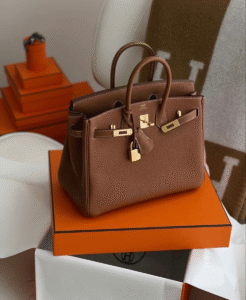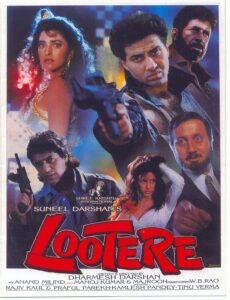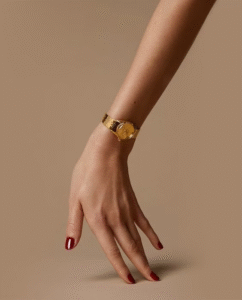Since the very inception of enterprises came into being, every age saw, businesses take the route, most famous to promote their product or services, be it the times of black and white televisions or the one of scrolling, where social media use is no longer restricted to connecting friends or families, but also connecting these very friends and families with brands. And as the business landscape evolved so did the promotional methods of the brands which came about.
One could be a household name or that of a quiet luxury, every effort ever made by any enterprise is to ultimately secure consumer loyalty. And while these operations are to be kept up with day-to-day requirements, so does another need of business, which is its intellectual property.
At the core of every successful company lies its intangible assets, with intellectual property (IP) often accounting for over 90% of a company’s value. This very rise is worth taking due note of, to conclude, the vital role trademarks play is establishing market dominance, all in the pursuit of fostering consumer trust, and navigating a fast-paced, competitive global economy.
Consequently, true for industry leaders like L’Oréal, founded in 1909 by French chemist Eugène Paul Louis Schueller. Its very first formula was that of a hair dye, called Oréale, which was sold to Parisian hairdressers. Then, beginning from the hair-colour business to today, the company stands tall, branching out onto various other types of beauty products, with L’Oréal successfully garnering fourteen percent of the global market share, owning more than 30 brands, becoming a global leader in the beauty industry, catering to demands which satisfy mass consumption as well as the needs of the premium segment.
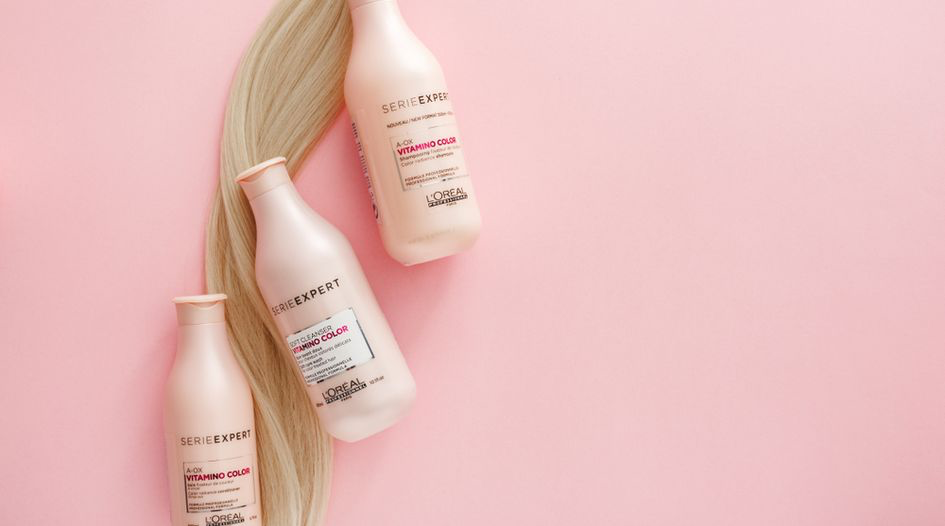
And with such impressive global expansion comes threats to intellectual property as surfaced in the recent case of L’Oréal India v. Innovative Derma Care, finding itself in a legal battle against a smaller entity which is Innovative Derma Care, over the contested trademark “CLARIWASH,” bringing to our attention that even global giants protecting their intellectual property can land in hot water.
Unpacking the L’Oréal versus Innovative Derma Care Trademark Dispute
Concerning the operations of a subsidiary of the global beauty giant L’Oréal, L’Oréal India is involved in manufacturing, distribution, and sales of a wide range of skincare, beauty, and haircare products. It is known for its robust portfolio of brands and consequently has numerous trademarks that form an important part of its global identity. Naturally, it has a longstanding history of protecting its intellectual property.
L’Oréal acquired Cheryl’s Cosmeceuticals Pvt. Ltd. (CCPL), a company which had adopted a series of CLARI-formative trademarks, such as CLARI-FI and CLARIMOIST, starting in 2009. When comes in the picture a smaller entity led by Rajesh Kumar Taneja, operating in the cosmetics and skincare space through Innovative Derma Care. Applied for the registration of the trademark “CLARIWASH,” in 2010, he claimed usage of the mark since 2009. This entire case revolved around the contention about how was the company granted the trademark registration in the first place if there did exist a ‘rightful’ trademark holder.
Looking into from where it all began, L’Oréal India, upon acquiring CCPL, sought the cancellation of the “CLARIWASH” trademark registered by Innovative Derma Care, claiming that its predecessor, CCPL had been using the ‘CLARI-’ formative trademark, since 2009, and that the continuity of the usage of the trademark “CLARIWASH” would lead to consumer confusion, owing to it being deceptively similar to its own mark.
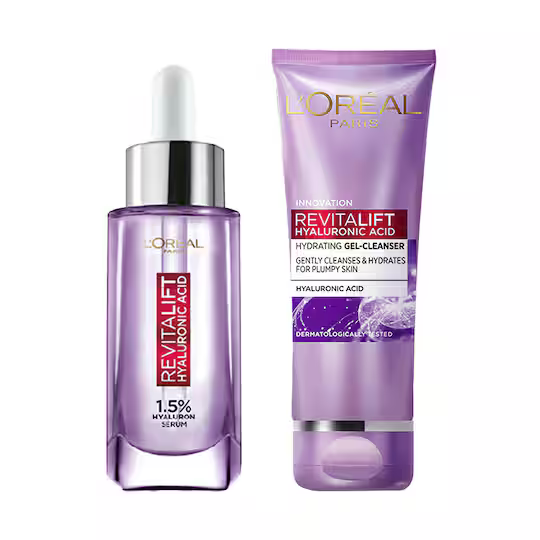
L’Oréal filed a petition under sections 47, 57 and 125 of the Trademarks Act, 1999, seeking the cancellation of the “CLARIWASH” trademark. It was contended by L’Oréal that the registration of the trademark by Innovative Derma Care, was erroneous owing to the search by the Registrar of Trademarks, which searched for “CHARIWASH” instead of “CLARIWASH”. Going in consonance with the further argument by L’Oréal that had the correct search been conducted, its CLARI-formative trademarks would have been highlighted, leading to objections against registration of the trademark “CLARIWASH” by Innovative Derma Care. It was maintained by them that “CLARIWASH” was deceptively similar to its owned CLARI-formative trademarks, such as CLARI-FI and CLARIMOIST, both of which, have been in use since 2009 and 2010, respectively. Basing their argument on the contention that similarity in the prefix “CLARI” could confuse consumers, leading to its brand dilution.
Innovative Derma Care, maintained its position by arguing that it had lawfully applied for the “CLARIWASH” trademark in 2010, with prior use dating back to 2009, leading to their registration being valid, and the said confusion during the search between the name “CLARIWASH” and “CHARIWASH” was distinct enough to avoid any likelihood of confusion with L’Oréal’s trademarks.
Understanding Legal Boundaries in Trademark Protection
When it comes to trademark law, the core tenet stands to be, preventing consumer confusion to protect a brand’s identity and preserving its rightly built and owned goodwill. And for a business, it must be a priority to understand the nuances of it, and be aware of what is the air around its brand image, to make sure that there exists little to no threat to the brand and its operations.
“I don’t design clothes. I design dreams.” — Ralph Lauren
It is by this very line, we can understand, that a brand is not just any business entity selling products or services, it is the esteem it promises to its customers, on joining them in their vision.
In the case at hand, the learned Single Judge, applied the anti-dissection rule, whilst drawing reference from the landmark case of Corn Products Refining Co. v. Shangrila Food Products Ltd. 1960. Where the Supreme Court of India established that the trademarks furthered, must be evaluated in their entirety, and any analysis done to conclude over individual parts by isolating them, such as a shared prefix or suffix, would lead to an erroneous judgement. The rule of anti-dissection says, that when considering whether a trademark infringement can cause wrongful loss to the aggrieved party, its complete impression or “totality” created by the marks must be the determinant, concluding upon the extent of similarity and not merely individual elements.

With the court stressing on the transgression to the above rule, i.e., focusing solely on “CLARI” in “CLARI-FI” and “CLARIWASH” would be erroneous and misleading, as each mark, when viewed as a whole, has the potential to create a distinctly different commercial impression. With this holistic approach, one can ensure that each trademark maintains it unique identity, preventing minor shared components from overshadowing the overall visual and phonetic differences between the marks. Following this method would allow courts to avoid unwarranted claims of similarity that might otherwise arise, from analysing isolated parts, in order to preserve the distinctive value of each trademark.
Imagine how different would have been the faces of various industries, if McDonald’s held exclusive rights to the prefix “Mc”- numerous brands across industries would have faced abstruse challenges, hindering their creativity and possibly becoming a detriment to the dominating and bold brand image they own today. Without the anti-dissection rule, legendary brands like Alexander McQueen, McLaren, and countless others might never have contributed so beautifully to their fields.
Key Takeaways for Brands: Strategic Trademark Protection from L’Oréal India v. Innovative Derma Care
Learning from the legal concepts applied in this case alongside the arguments further by both the parties, there lies important lessons for brands to pay heed to, in order to keep themselves at bay, from all the hot water, one can land into if, the brand fails to understand the important IP lessons for its protection.
Developing a Comprehensive Trademark Strategy
Whilst in the process of developing a secured trademark for your brand, your first key takeaway from this blog should be, how the anti-dissection rule could be applied in favour of you and against you. In this very case, the Court assessed the trademark by considering the full and overall impression rather than focusing solely on shared elements (like prefixes or suffixes). Knowing this, you can hold steadfast to your ground, knowing that this rule can prevent companies from monopolising generic/ common parts of trademarks, allowing and promoting fair competition.
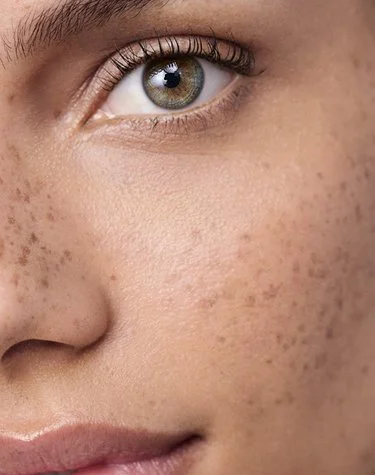
Ensure that your mark stands out as a whole, rather than relying only on specific parts, remember this rule can play out in your favour or against you too. Everything must be looked into with an eye for detail, especially the logo’s style, typography, and overall impression, that makes your mark look recognizable as a part of your brand. Don’t forget to conduct your market research to confirm the above points, taking into account the visuals, sound and associations. This approach strengthens brand identity while aligning with legal principles.
Monitoring and Acting Against Conflicting Marks Early
‘The more you delay, the weaker could become your claim’, keep this note handy, as filing timely objections always proves to be of utmost importance as it prevents potential conflicts before they escalate. This could be simply understood from the possibility that if you are to contest the registration of a mark which has been published, and you fail to oppose the same in time, the registered owner gains stronger rights over it, making your legal challenge more challenging for YOU.
As a flourishing brand, you should monitor trademark registries for new filings which come about, that have the potential of becoming confusingly similar to your customers. For example, Nike routinely files oppositions when smaller brands attempt to register marks like “Nikster” or “Just Shoe It,” acting swiftly to prevent dilution or consumer confusion. Either trademark monitoring services or setting up of an in-house IP team for keeping a regular watch can help identify potential conflicts early.
Why Procedural Errors Don’t Always Invalidate a Trademark
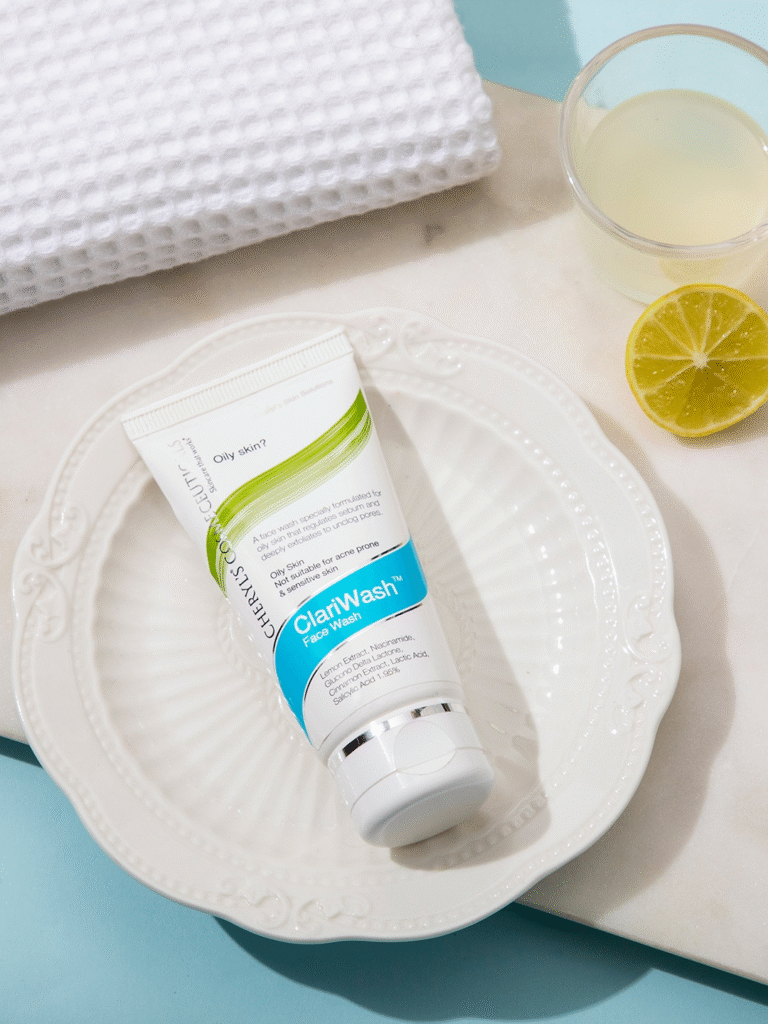
This particular tip is advised to be taken with caution, as the legal outcome may vary depending upon the circumstances of the case. Generally speaking, errors in registration, such as erroneous searches or mistakes of an administrative nature, may not invalidate a trademark registration unless they result in substantive legal issues, such as misleading consumers or causing damage to a brand’s identity. A higher threshold of evidence is required by the Courts to cancel a mark solely based on procedural flaws. In this very case, the Court dismissed the contention of erroneous search conducted for “CHARIWASH” instead of “CLARIWASH, upholding the registering since L’Oréal failed to provide significant harm from this error.
If you are to challenge a mark due to observance of procedural issues, gather strong evidence of consumer confusion and financial harm. Keep the documentation to the T, such as argument strengthening genuine consumer surveys, sales impact and market studies of recent timeline, to bolster their case.

